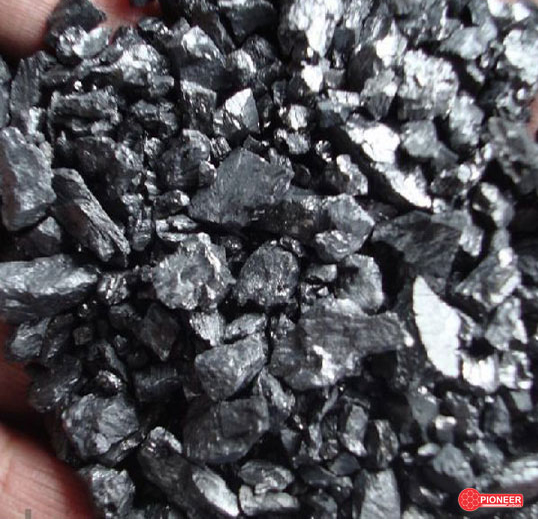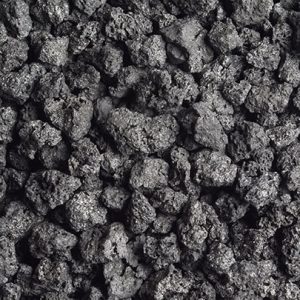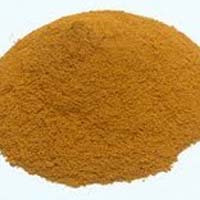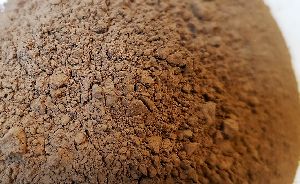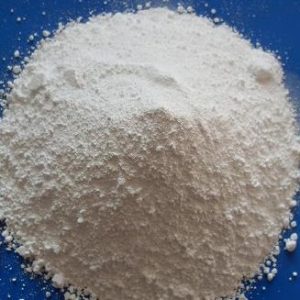Anthracite Coal: The Superior Fuel Choice
Anthracite coal, also known as hard coal, represents one of the four primary coal classifications. It derives its name from the Greek word ‘anthrakíts’, meaning ‘coal-like’.
This coal type undergoes intense pressure and heat, resulting in exceptional hardness and compactness. Compared to softer, geologically ‘newer’ coals, it offers greater potential for heat energy production.
It is defined, according to ISO 11760:2005, as high-rank coal exhibiting a mean random vitrinite reflectance equal to or greater than 2.0% but less than 6.0%. Alternatively, a mean maximum reflectance less than 8.0% is preferred for unaltered coal.
Geologically, anthracite coal formed during the Carboniferous Age when dense vegetation fossilized in the tropical climate of that era. It represents the oldest and cleanest type of coal.
More importantly, it is the rarest and most mature form, characterized by its hardness, compactness, and highest rank among coal types.
Even, it boasts the highest fixed carbon content and the lowest impurity levels, including sulphur, phosphorus, nitrogen, and others. The formation process of anthracite coal is illustrated in Fig 1.
Anthracite coal is primarily found in ancient geological formations that have been buried underground for significant periods. It constitutes only around 1% of the world’s total coal reserves, making it the rarest and most mature coal type. Major reserves of anthracite coal are mainly located in China, Vietnam, North Korea, Russia, Ukraine, and the USA.
It’s intense pressure and heat make it highly compressed and hard, providing a higher heat energy potential compared to softer coals.
Moreover, it is typically associated with strongly deformed sedimentary rocks that experienced higher pressures and temperatures. In contrast, bituminous coal is usually found in less deformed or flat-lying sedimentary rock formations.
Underground mining techniques are commonly used to extract anthracite coal from deep seams in the earth.
Characteristics
Anthracite coal possesses distinct characteristics, including its dense, hard, and jet-black appearance. It does not agglomerate, clinker, or expand when ignited, resulting in a clean-burning, free-burning coal. It has low ash content and a high ash fusion temperature.
The ignition temperature of anthracite coal ranges from around 480°C to 500°C, minimizing the risk of self-ignition. Fresh-mined anthracite typically has a moisture content of less than 15%.
It differs from bituminous coal in its greater hardness (2.75-3 on the Mohs scale), higher relative density (1.3-1.4), and semi-metallic luster with a mild brown reflection. It has a low Hardgrove grinding index (HGI), requiring less energy for grinding. Anthracite coal is non-soiling and lacks soft or fibrous notches.
Anthracite coal is brittle and commonly graded into two size ranges: anthracite fines (less than 10 mm) and anthracite lumps (10 mm to 40 mm).
It is classified into three grades: semi-anthracite or standard grade, anthracite or high grade, and meta-anthracite or ultra-high grade. Semi-anthracite grade contains carbon content ranging from 86% to 92% and volatile matter (VM) content between 8% and 14%. Anthracite grade has a carbon content of 92% to 98% and VM content between 2% and 8%. Meta-anthracite grade boasts a carbon content exceeding 98% with VM content less than 2%.
Anthracite and meta-anthracite grades represent the highest quality anthracite coals, offering the purest forms of coal with the highest degree of coalification, carbon and energy content, and minimal impurities (moisture, ash, and VM).
These grades are harder than semi-anthracite coal and have a higher relative density. The chemical formula for anthracite grade with 94% carbon content is C240H90O4NS. Anthracite coals contain hydrogen, nitrogen, and oxygen contents of around 2%, 1%-2%, and 1% respectively.
Additionally, sulphur content in anthracite coal is typically very low, around 0.6%.
It represents a more metamorphosed form of coal, although it is considered low-grade metamorphism. It lacks tarry or hydrocarbon vapors when heated below its ignition point. Anthracite coal ignites with difficulty and burns with a short, blue, and smokeless flame.
The porosity of anthracite coal consists of micro-pores (less than 20 Angstrom), meso-pores (20 Angstrom to 200 Angstrom), and macro-pores (greater than 200 Angstrom). Micro-pores contribute primarily to the internal surface area, while macro-pores allow access to the inner pore spaces. The typical porosity of anthracite coal ranges from 5% to 10%.
The surface area of coal is measured through adsorption of carbon dioxide or nitrogen. Anthracite coal exhibits a surface area greater than 100 square meters per gram of coal, although the specific adsorbate used for measurement can influence the results due to polarity and molecular size.
Structurally, anthracite coal may display alterations with the development of secondary divisional planes and fissures, making the original stratification lines less visible. It also exhibits higher thermal conductivity, giving a perceptibly colder sensation when held in warm hands compared to bituminous coal at the same temperature.
Anthracite coal possesses a high calorific value. On a moist, mineral matter-free basis, its calorific value typically ranges from 6200 kcal/kg to 7900 kcal/kg, depending on the carbon content and volatile matter (VM).
It is considered ‘non-clinkering’ and free-burning, as it does not coke or expand and fuse when ignited. Contrary to popular belief, anthracite coals do not necessarily have the highest heat value based on their rank. The highest-ranked bituminous coals generally exhibit the highest heat values. Anthracite coal combustion produces minimal sooty residue.
Anthracite coal is renowned for its clean-burning characteristics. When burned, it produces a hot, pale blue flame and releases more heat than many other coals. Due to its high density, anthracite coal burns slowly and is difficult to ignite.
Its low sulphur and volatile matter content make it an extremely clean-burning fuel. Anthracite coal combustion results in virtually no smoke or particulate emissions. A comparison of anthracite coal with other coal types is depicted in Fig 2.


